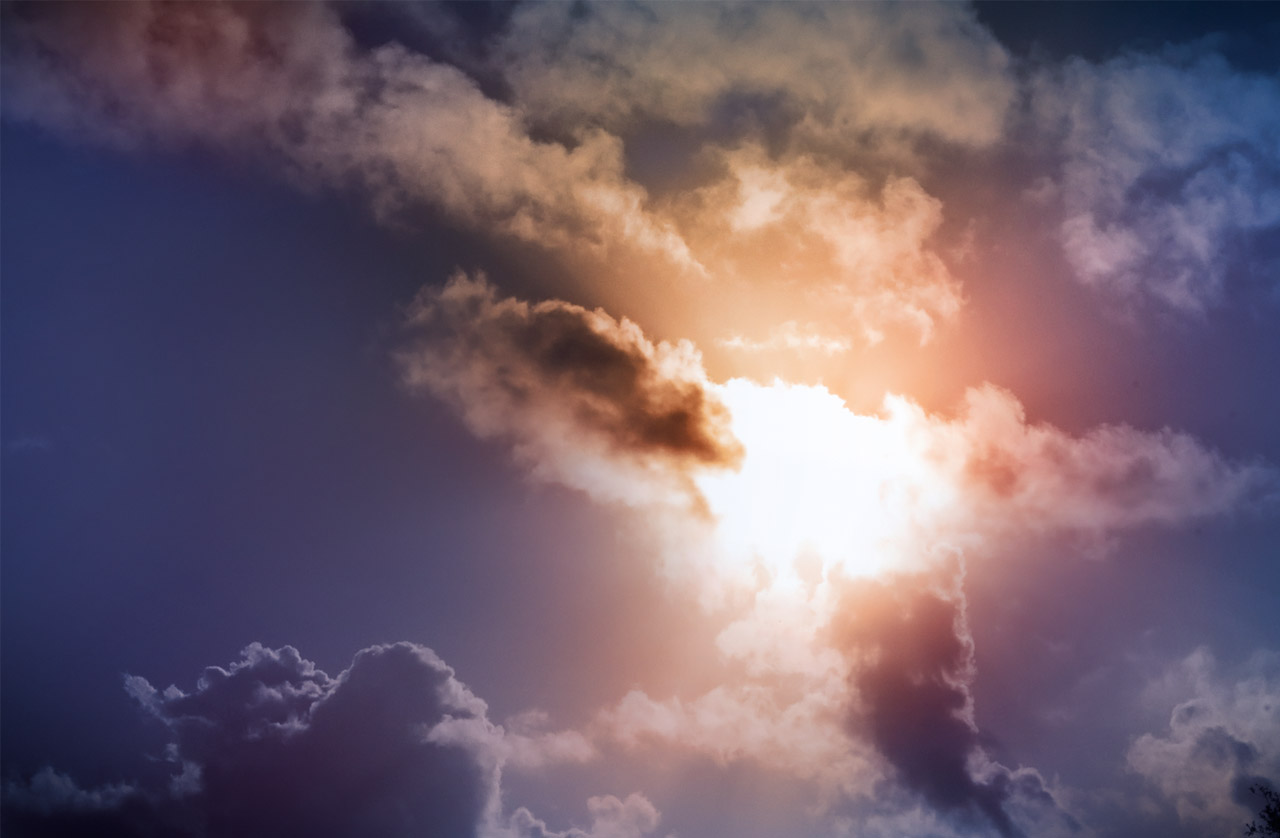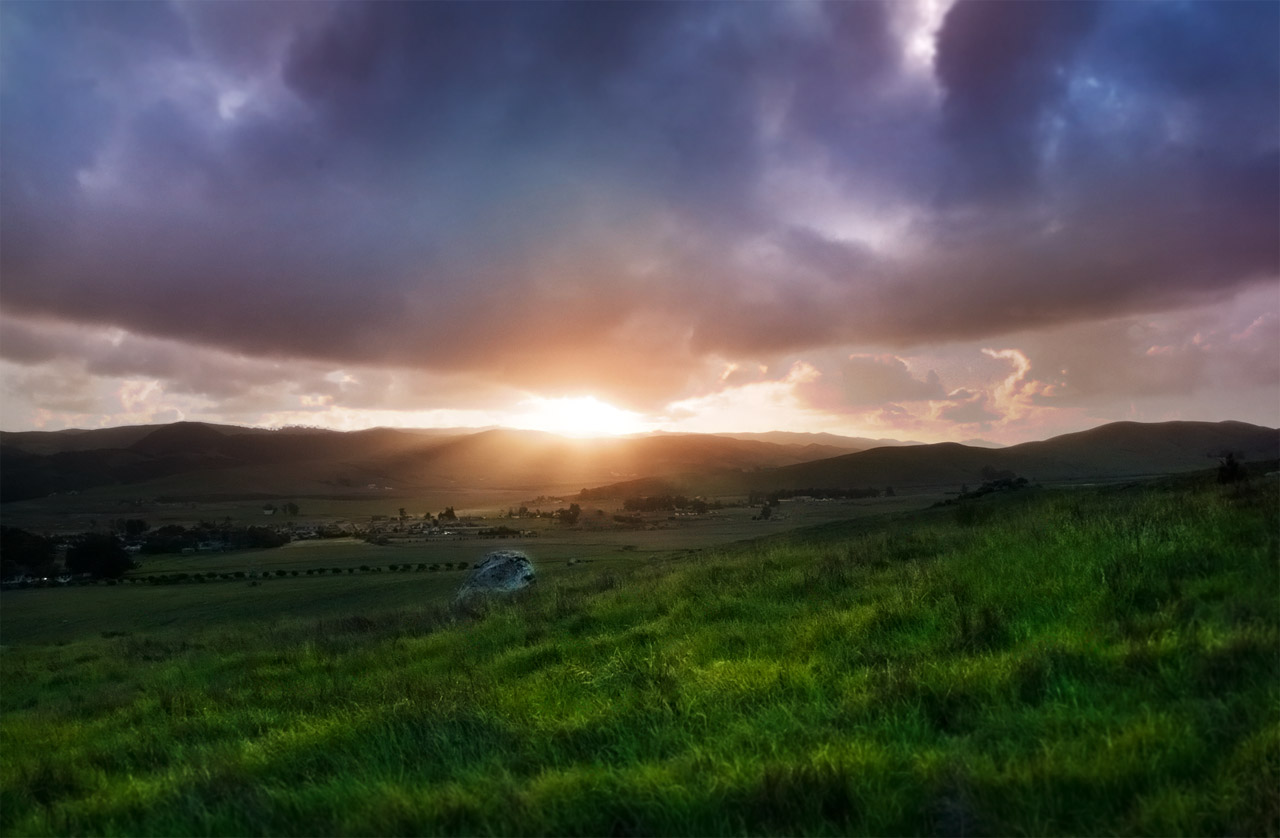Five Different Textures of a Finishing Drywall
The art of drywall finishing is an essential aspect of interior design, playing a significant role in the aesthetic and functional appeal of living spaces. Among the many choices homeowners and builders make, selecting the right texture for drywall finishing is critical.

Five Different Textures of a Finishing Drywall
This article delves into five different textures of finishing drywall, offering insights into their unique characteristics and applications and even drywall installation.
1. Smooth Finish
A smooth finish is the epitome of simplicity and elegance in drywall finishing. Achieving this texture involves multiple layers of mud application, sanding, and careful priming to create a surface devoid of bumps or ridges. The smooth texture is highly favored in modern and minimalist designs, where the emphasis is on clean lines and uncluttered spaces. It also serves as an excellent backdrop for detailed painting or wallpapering.
2. Knockdown Texture
Knockdown texture adds a dynamic and tactile element to walls. This technique involves spraying drywall mud onto the wall in a randomized pattern and then “knocking down” the peaks with a trowel or knife, creating a mottled texture that is both visually interesting and adept at hiding imperfections. The knockdown texture is popular in various settings, offering a balance between the rustic charm and contemporary aesthetics.
3. Orange Peel Texture
Resembling the skin of an orange, this texture is achieved by spraying a fine mist of drywall compound onto the wall and letting it dry without further manipulation. The result is a subtly bumpy surface that adds depth and character to the walls. The orange peel texture is practical for its durability and ease of application, making it a go-to choose for both residential and commercial spaces.
4. Popcorn Texture
Popcorn texture, also known as acoustic texture, is notable for its heavy, puffy appearance. This texture is applied by spraying a mixture of drywall mud and polystyrene or styrofoam particles onto the ceiling. While it has fallen out of favor in recent years due to its dated look and difficulty in cleaning, the popcorn texture still finds its place in specific applications for its acoustic dampening properties and ability to conceal ceiling imperfections.
5. Skip Trowel Texture
This texture is hand-applied using a trowel to skim over the surface of the drywall in a random, arching pattern. Skip trowel texture creates a Mediterranean or Spanish-style look, with its stucco-like appearance. It’s particularly appealing for those seeking a rustic, yet sophisticated aesthetic. The technique requires a skilled hand to achieve consistency, making it a unique art form in the realm of drywall textures.
Conclusion: Five Different Textures of a Finishing Drywall
In conclusion, the choice of drywall texture is a crucial decision in the construction and design process, impacting both the visual and tactile qualities of a space. From the sleek and modern smooth finish to the rustic charm of the skip trowel, each texture offers a distinct set of advantages and stylistic features. Homeowners and designers should consider factors such as the overall design theme, maintenance requirements, and personal preference when selecting a drywall texture. Ultimately, the right texture can significantly enhance the ambiance and functionality of a room, making it a key element in interior design.
How to Maintain Your Stucco House
Owning a stucco house can bring a touch of elegance and charm to your home’s exterior. However, like any other exterior surface, stucco requires regular maintenance to ensure its longevity and preserve its beauty.

Lucky for you, we are here to help. We will share some essential tips and techniques for maintaining your stucco house. From routine cleaning and inspections to addressing minor repairs and preventing potential issues, we will guide you through the steps to keep your stucco looking its best for years.
So, if you want to know more about stucco maintenance, read on!
Clean It Regularly
Regular stucco cleaning is essential to maintain its appearance and protect its integrity. Over time, stucco can accumulate dirt, dust, mildew, and other environmental pollutants that can cause discoloration and deterioration.
Cleaning the stucco surface helps to remove these contaminants and prevent them from causing long-term damage. Regular cleaning also prevents the growth of mold and mildew.
Whether through gentle scrubbing, power washing, or specialized cleaning solutions, regular cleaning is a proactive measure that keeps your stucco fresh, vibrant, and well-maintained.
Repair Issues Immediately
If you see any signs of damage, such as cracks, chips, or holes, you must fix them immediately to prevent further deterioration. Stucco acts as a protective barrier against the elements. When damaged, it becomes susceptible to moisture infiltration.
Moisture can seep into the underlying layers, causing structural damage, mold growth, and potential issues with the interior walls.
By repairing stucco issues promptly, you prevent these problems from escalating, potentially leading to more extensive and costly repairs in the future.
Regularly Seal It
If you want to protect your stucco from moisture, the best thing you can do is seal it after application. Professionals will usually use a clear masonry sealer to penetrate the stucco pores and prevent moisture from seeping in.
Sealers are extremely effective if you want to protect stucco. However, you have to reapply it regularly. According to professionals, stucco requires resealing every five years.
Paint Your Stucco
Painting stucco is a crucial maintenance task that offers numerous benefits to the surface’s appearance and longevity. Since stucco is an exterior finish, it is susceptible to weathering, discoloration, and wear.
Painting stucco enhances its aesthetic appeal and provides a protective layer against various elements. The paint acts as a barrier. It shields the stucco from the damaging effects of moisture, UV rays, and environmental contaminants.
Regular painting intervals, typically every five to ten years, depending on the climate and level of exposure, ensure that the stucco remains visually appealing, well-protected, and maintains its integrity for years to come.
Hire a Professional for Stucco Cracks
Stucco cracks can occur for various reasons, such as settling, temperature fluctuations, or structural issues. Attempting to fix stucco cracks without the necessary knowledge and experience can lead to subpar repairs, further damage, or even compromise the structural integrity of the building.
Professional stucco contractors possess the skills, tools, and materials necessary to accurately assess the extent of the damage and determine the appropriate repair method. They can identify the underlying cause of the cracks and address it effectively to prevent future recurrence.
Different Drywall Textures to Consider
When it comes to enhancing the aesthetics of your walls, drywall textures can make a significant impact. Whether you’re building a new home, remodeling, or simply looking to refresh your living space, choosing the right drywall texture can transform your walls from plain and flat to visually exciting and textured.

With a wide range of options available, it’s essential to explore the various types of drywall textures to find the one that best suits your style and desired ambiance.
Today, we’ll discuss the different drywall textures, from California knockdown to comb texture.
California Knockdown
The California knockdown texture is a popular drywall texture that adds depth and visual interest to walls and ceilings. It features a textured pattern created by smooth surfaces and irregular, partially flattened bumps.
To achieve the California knockdown texture, apply a thin layer of joint compound or drywall mud to the prepared surface using a trowel or a texture sprayer. After allowing the compound to dry partially, gently “knock down” the texture using a wide drywall knife or a trowel.
This technique involves lightly pressing the tool against the surface to flatten the raised bumps, creating a unique textured finish.
The final result combines smooth and textured areas, giving the walls or ceilings a distinctive and appealing look.
Orange Peel
The orange peel texture is a popular choice for adding subtle texture to walls and ceilings, giving them a slightly bumpy appearance reminiscent of an orange peel.
To achieve the orange peel texture, begin by preparing the surface and applying a coat of primer. Once the primer is dry, use a texture sprayer or a hopper gun to apply a thin layer of a joint compound onto the surface.
Hold the sprayer or gun at a slight angle and move it in a random, sweeping motion to create a fine splatter pattern. Alternatively, you can use a paint roller with a thick nap to apply the joint compound in a random pattern.
After applying the joint compound, let it dry partially, and then lightly run a trowel or drywall knife over the surface to knock down any prominent bumps, creating a more subtle texture. The result is a wall or ceiling with a delicate and visually appealing orange peel texture.
Sand Swirl
The sand swirl texture is a distinctive drywall texture that adds a sense of elegance and sophistication to walls and ceilings. This texture creates a subtle, swirled pattern resembling the smooth ripples of sand.
It’s recommended to practice the technique on a small section before tackling larger areas to ensure a consistent and desired result.
Comb
The comb texture is a unique and distinctive drywall texture that creates a series of ridges and lines, resembling the pattern left by a comb. You can achieve this texture using a comb-like tool, typically made of plastic or metal. The tool is dragged across the surface of the joint compound or drywall mud.
This texture provides a visually interesting and textured effect to walls or ceilings, adding a touch of uniqueness and dimension to your living space.


